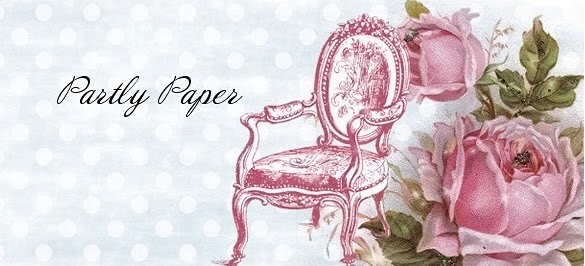I come across question, and yes, answers to my own questions, regarding different art supplies and artist mediums. This just happened recently and I decided it was such a great discussion regarding PASTELS that I've decided to add the information shared here within my blog. Here is my explaination of Pastels: Difference in types of them, techniques, and uses of...... {enjoy!}
There are two types of Pastels...
Soft Pastels which are more chalk like consistency and contain no oils and Oil Pastels which do. If I am remembering correctly the Reeves Pastels are Soft pastels containing no oils whatsoever. Another great brand is the Koss Pastels available from Polly's Pals and available in a 24 and 48 count. I love my Koss Pastels. I apply them with cotton balls, make up sponges, q-tips, and artist tortillions. Used with the Mona Lisa Odorless Mineral Spirits the colors become more vivid. Liquid Gum Arabic can also be applied to a cotton ball to assist with adhesion to cardstock eliminating the need for a Krylon Workable Fixative. I have used them with and without both gum arabic and a fixative with no ill effects as the pastels are designed to be rubbed in to the fibers of the cardstock and are slightly absorbed. Any excess can be brushed lightly away with a clean cotton ball or any soft paint brush. A good tip for cleaning your painting brush and keeping them soft and subtle is to clean them in Murphy's Oil Soap. Doing so will allow almost any brush {watercolor and acrylic} to be used for a lot of techniques and mediums.
Soft pastels are composed of pigments, gum {usually gum arabic}, and then pressed into a dried stick form for use similarly to crayons. It is "the artist(s)" who discover other uses to transfer the medium.
Chalks are the composed of the same products, except are more tightly bound, meaning they contain a higher level of gum arabic. I always found it fascinating that products such as those you mentioned and Craf-T are recommended for scrapbooking as by nature gum arabic is slightly acidic which would effect the archival quality!
Oil pastels contain the same products as soft pastels and chalks, although usually linseed oil is added for the oily quality and properties. It blends easier due to the oil and is often used when a more opaque quality - something that cannot be seen through effect is desired.
It is nice to know what artist supplies contain as many products can be toxic when mixed, omit hazardous gases, or become flammable.
Equally important, is realizing that if one purchases soft pastels, gum arabic in either liquid or powder form can be added to enhance the more "chalk-like" appearance, and also, linseed oil in liquid can be added to them to make up the consistency and blending properties of oil pastels. So, soft pastels and the purchasing of either product makes them very versatile. Just some food for further thought.
I've mentioned previously that I keep a notebook when I discover tips, techniques, and other valuable information regarding artist supplies. The information that I share here is usually taken from them, unfortunately I am terrible at jotting in where the information came from! Shameful, I know.... Anyways, I believe it is important to mention, once again, the greatest source of information for any art supplie comes directly from the manufacturer of the product. Don't hesitate to visit their websites or contact them for information, questions, and/or any assistance; most are happy to help! Their business relies on the artist who use their products and they will go above and beyond the call for help.

No comments:
Post a Comment